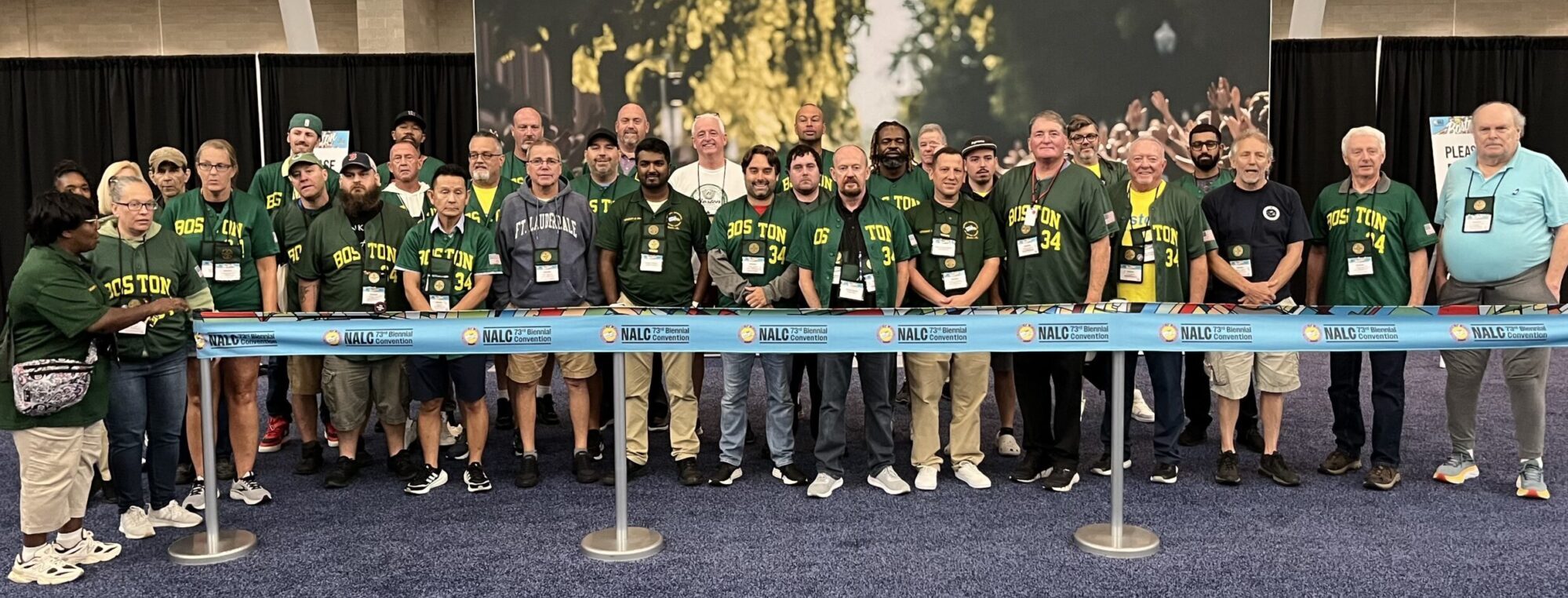48th Anniversary of “1970 Postal Strike”

Striking the federal government has been illegal since 1912. But that is exactly what happened 48 years ago when NALC Members in Branch 36 (New York) voted to walk off the job on March 17, 1970. Picket lines went up at midnight all over New York City and spread like wildfire through the country as other NALC locals including Boston, Branch #34 voted to strike.
While most of those who hit the bricks are long retired, we owe it to those who put their jobs on the line to Remember!